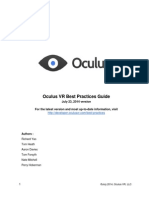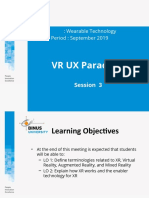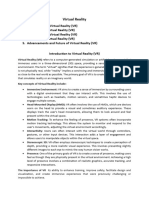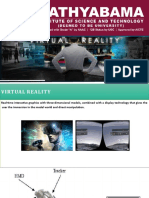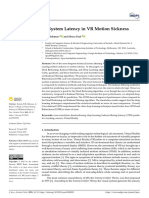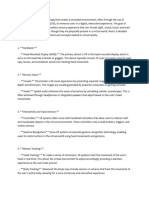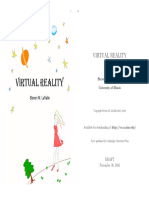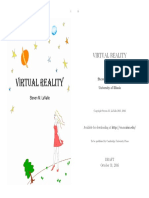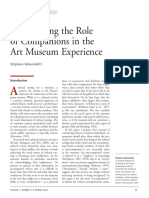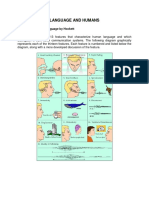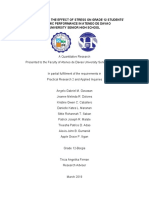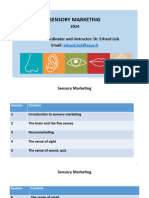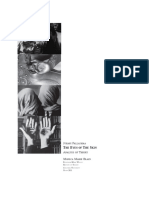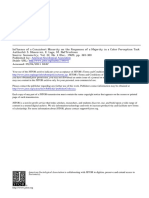0% found this document useful (0 votes)
8 views17 pagesModule 3 ARVR
The document discusses the perception of space and time in virtual reality (VR), focusing on depth perception, motion perception, and the brain's integration of sensory inputs. It outlines design guidelines for VR to enhance user experience and reduce motion sickness, emphasizing the importance of comfort, usability, and interaction design. Additionally, it addresses challenges such as latency, motion tracking, and adverse health effects, providing solutions to mitigate issues like eye strain and disorientation.
Uploaded by
aditiavhad1509Copyright
© © All Rights Reserved
We take content rights seriously. If you suspect this is your content, claim it here.
Available Formats
Download as PDF, TXT or read online on Scribd
0% found this document useful (0 votes)
8 views17 pagesModule 3 ARVR
The document discusses the perception of space and time in virtual reality (VR), focusing on depth perception, motion perception, and the brain's integration of sensory inputs. It outlines design guidelines for VR to enhance user experience and reduce motion sickness, emphasizing the importance of comfort, usability, and interaction design. Additionally, it addresses challenges such as latency, motion tracking, and adverse health effects, providing solutions to mitigate issues like eye strain and disorientation.
Uploaded by
aditiavhad1509Copyright
© © All Rights Reserved
We take content rights seriously. If you suspect this is your content, claim it here.
Available Formats
Download as PDF, TXT or read online on Scribd
/ 17

